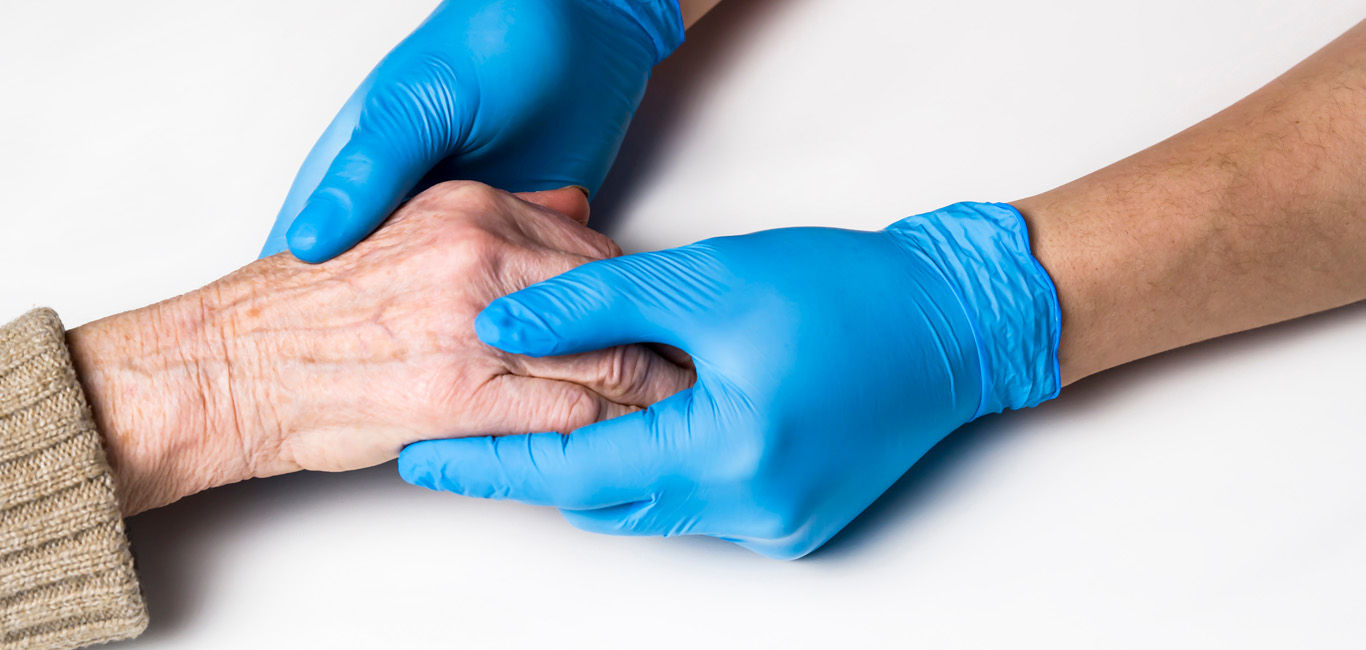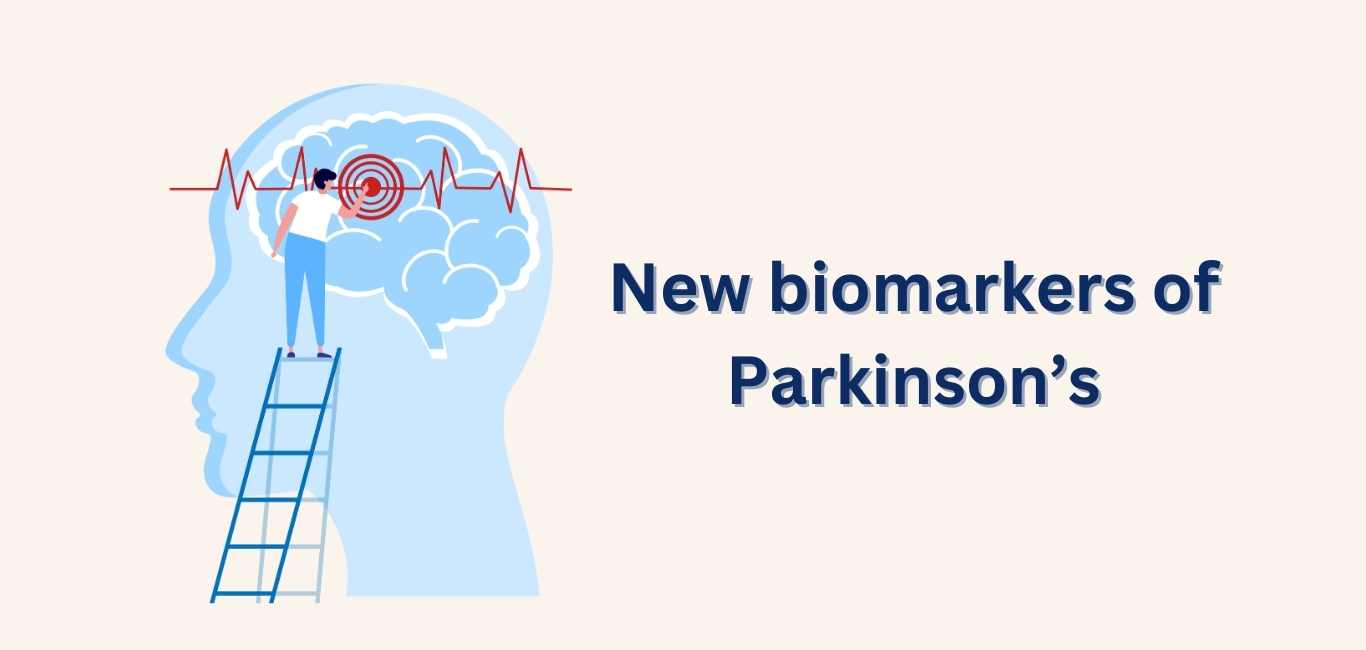
Dopamine, the feel-good hormone produced in the brain, has been found to play a vital role as a neurotransmitter in initiating body movement, apart from influencing one’s mood. While adenosine another neurotransmitter, helps in slowing down activity in the body.
In people with Parkinson’s, the brain cells producing dopamine are lost.
A new study published in Nature by a team from US-based Oregon Health and Sciences University (OHSU) has found that neurotransmitters dopamine and adenosine work in a ‘push-pull’ mode to control body movements, potentially opening new avenues for the treatment of Parkinson’s disease.
While dopamine switches on specific communication channels that initiate movement, adenosine acts as the ‘brake’ to inhibit the movement, thereby bringing balance to the system, senior author of the study professor Haining Zhong said in a statement.
“One way to treat Parkinson’s is to add dopamine back into the system, but such a method is only partially effective,” a co-author of the study, Tianyi Mao told Happiest Health. Another way to mitigate the loss of the ‘push’ by dopamine is to reduce the ‘pull’, Mao added.
Parallelly, the team is investigating the effect of caffeine on adenosine receptors in the brain region called the striatum. A receptor is like a lock, and a neurotransmitter the key to open the lock, facilitating a doorway for the signal to pass through.
The striatum controls movement and is high in adenosine receptors. Caffeine molecules also have a similar pattern that matches the lock-and-key mechanism of adenosine receptors. However, caffeine is a stimulant that triggers movement or activity.
The researchers hypothesise that the stimulating activity of caffeine molecules can be used as a switch for adenosine receptors. Caffeine could possibly counteract the slowing down effect of adenosine receptors and initiate movement for people with Parkinson’s.
In addition, Mao says that the generic medicine istradefylline, prescribed for Parkinson’s, works similarly to switch ‘off’ adenosine receptors. However, the exact mechanism of how it switches off the receptors is still unknown. “Understanding how it works can open new lines of treatment,” says Mao.
Developing an effective medicine will require collaborative work with clinical researchers and could take a few decades to realise, Mao adds.

















